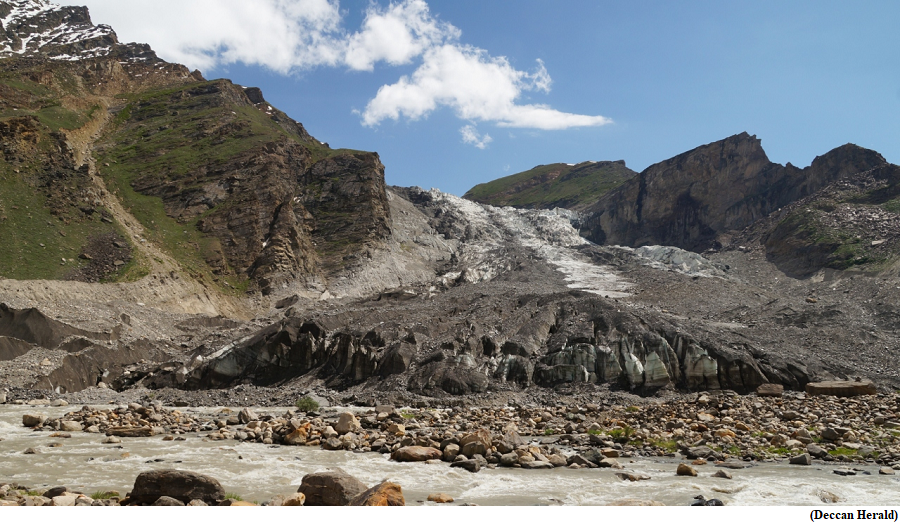National Health Authority launches 100 Microsites Project (GS Paper 2, Health)

Why in news?
- In the endeavor to promote digital health adoption and hence make healthcare more accessible to all, the National Health Authority (NHA) has launched 100 Microsites Project under Ayushman Bharat Digital Mission (ABDM).
What is a microsite?
- A Microsite, within the context of ABDM, shall be a cluster of all small and medium scale clinics, nursing homes, hospitals (preferably <10 bedded), labs, pharmacies and other healthcare facilities that are ABDM-enabled and offer digital health services to the patients.
- These Microsites would be established across the country in various states/UTs, majorly implemented by State Mission Directors of Ayushman Bharat Digital Mission while the financial resources and overall guidance would be provided by National Health Authority.
- The Microsites aim to establish a small ecosystem within a particular geographic area where there is complete ABDM adoption, and the entire patient journey is digitized.
Key Highlights:
- The State/UT may leverage a development partner and an interfacing agency for setting up and running the microsite.
- Within the microsite, all health facilities and healthcare professionals serving across different systems of medicines, especially from the private sector, shall be registered in ABDM modules like Healthcare Professionals Registry (HPR), Health Facility Registry (HFR) followed by installation of ABDM enabled applications.
- The patients visiting these centers will also become a part of ABDM with their health records linked to their ABHA which would then be accessible to them on their mobile phone applications like ABHA App, Aarogya Setu among others.
Way Forward:
- It is intended that through these microsites, as many small-medium scale healthcare providers are made aware of ABDM and its benefits, registered on ABDM’s core registries, use ABDM certified digital solutions, and eventually begin to link digital health records - all contributing towards a wider adoption of ABDM in the country.
- Such focused adoption efforts will activate the ecosystem to embrace ABDM.
Three new lakes may form in Parkachik Glacier in Ladakh due to glacial retreat
(GS Paper 3, Environment)
Why in news?
- Recently, the scientists from Wadia Institute of Himalayan Geology, carried out a study that describes the morphological and dynamic changes of Parkachik Glacier, Suru River Valley, Ladakh Himalaya.

Background:
- Considering their sensitivity and as a most direct and apparent visible indicator of regional climate change, Himalayan glaciers have been subjected to numerous studies, from field-based investigations to the modern state-of-the-art remote sensing approach, for more than a century.
- In contrast, understanding the ice thickness and distribution is foremost required for the Himalayan glaciers.
Key Highlights:
- The Parkachik Glacier in Ladakh is likely to have three lakes of different dimensions due to subglacial over-deepening, a characteristic of basins and valleys eroded by glaciers.
- They used medium-resolution satellite images; CORONA KH-4, Landsat, and Sentinel-2A from 1971–2021, and field surveys between 2015 and 2021. In addition, they used the laminar flow-based Himalayan Glacier Thickness Mapper and provided results for recent margin fluctuations, surface ice velocity, and ice thickness, and identified glacier-bed over-deepening.
- The remote sensing data shows that the glacier retreated with an average rate of around 2 ma−1 between 1971 and 1999 whereas, between 1999 and 2021, the glacier retreated at an average rate of around 12 ma−1.
- Similarly, the field observations recorded through day-to-day monitoring suggest that the glacier retreated at a higher rate of 20.5 ma−1 between 2015 and 2021.
- In addition, the maximum thickness of the glacier is estimated to be around 441m in the accumulation zone, while for the glacier tongue, it is around 44 m.
Conclusion:
- The simulation results suggest that if the glacier continues to retreat at a similar rate, three lakes of different dimensions may form due to subglacial over-deepening.



